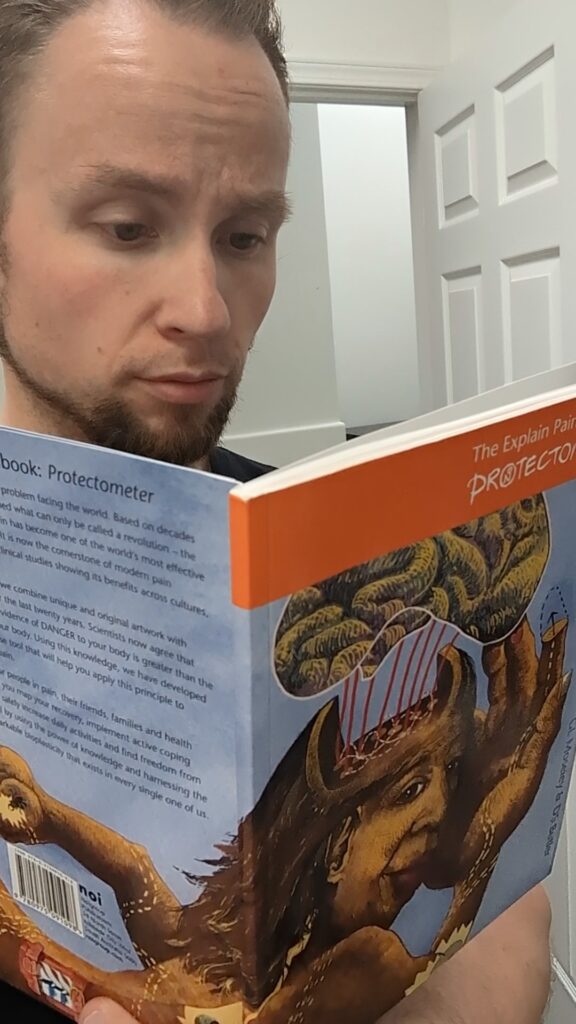Words of Pain
As the old saying goes, sticks and stones may break my bones but words will make pain chronic…..or something like that. As treatment providers in each of our respective fields, when a client comes to see us they typically hold us in high regard as they expect are knowledge, experience, and abilities will be able to help them with whatever their area of concern might be. As we naturally will be very focused on how we will plan our treatment for our clients, is it possible that in doing so we tend to overlook a very crucial piece of our treatment? Our communication and interactions with our clients; and no I am not talking about if we are pleasant to clients or ensure we listen well as those go without saying. My focus is more on the words we are using when communicating with our clients.
Previously I worked for a couple of years in a chronic pain management program as a Kinesiologist and this experience opened my eyes to learning about pain and everything that comes with it. In learning that pain is more than just simply caused by tissue damage, it really changed my entire thought process around the topic, as well as how to approach it in treatment. Something that became glaringly obvious to me was that I needed to pay more attention to my words when working with clients. As I became more aware I also started to be more aware of the words my clients were using in talking about their conditions which they had been told from previous providers. Here are some of the most notable comments I have heard over the years from clients that they were told by a prior provider.
“You have the back of an 80 year old”
“They had no idea how I was even walking on my hip”
“Your knee is shot, it’s bone on bone”
“Your necks degenerating, there’s nothing that can be done”
“They said in all their years they have never seen a (insert body part) this bad”
And the most notable I have heard,
“They told me my low back was disintegrating”
Now here is the definition of pain
“An unpleasant sensory and emotional experience associated with, or resembling that associated with actual or potential tissue damage” – IASP (International Association for the Study of Pain)
All of the above statements would cause any individual to feel there is an increased risk of potential tissue damage and this certainly would lead to a more unpleasant emotional experience. Essentially these statements will increase a client’s pain and do more harm than good. They would also all lead a client to become less active, and maybe not even active at all anymore due to being fearful of activity now. At the end of the day, we need to be careful with our words when working with our clients because they can go a long way and have a great impact on our client’s recovery. If you find that you do not have a great grasp on pain education feel free to check out the NOI Group online as they offer several great resources that help with explaining pain.
Now you may have read those statements and thought well knee and knee would mean their knee is shot, or nothing really can be done if they have degenerative disc disease. Check out my next blog where we discuss medical imaging and how to avoid becoming a victim of it.
Tyler Chliboyko, RMT and RockTape Ambassador
Follow Tyler on IG
